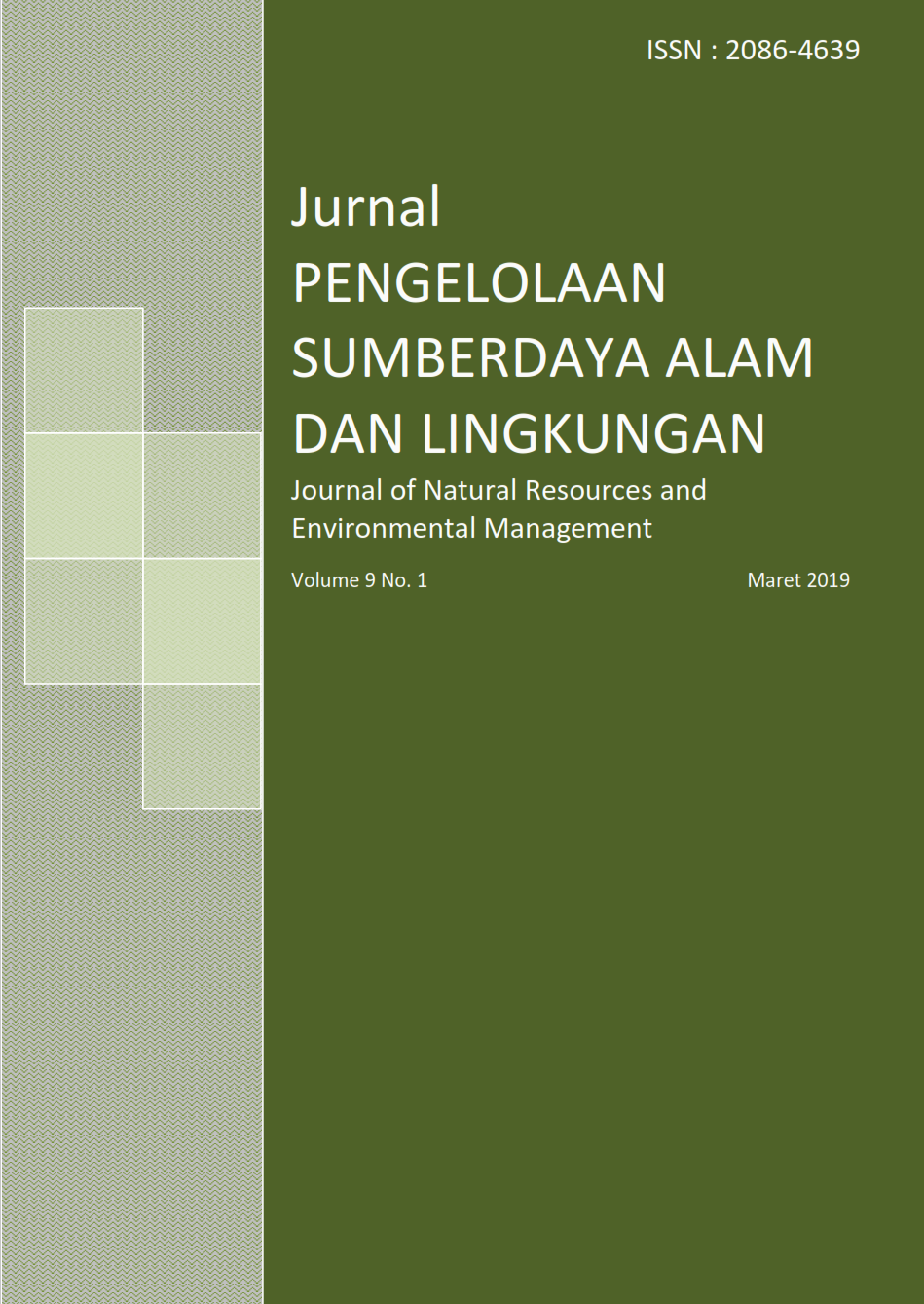Pendugaan Zona Potensi Penangkapan Ikan Pelagis di WPPNRI 711 (Studi Kasus Laut Natuna)
Abstract
The sea resources is the future for the people of Indonesia, especially the fish as a main commodity. One of the potential fish are pelagic fish are spread throughout the waters of the sea of Indonesia. Pelagic fish is one of his life-cycle patterns of fish that move or migrate to foraging and also spawning. Based on habitat and the distance of the migrated fish, pelagic fish are differentiated into small and large pelagic fish. Therefore, the research on the distribution of pelagic fish is very important for Indonesia's economy and the realization of a sustainable fish resources. WPPNRI 711 has choosen to be research location since known as shallow water which has nurient wealth of sea water. WPPNRI 711 consist of South China Sea, Karimata Strait, and Natuna Sea that to be sea waters of migration of pelagic fish. The research was conducted during of May and June 2016 in WPPNRI 711 Nagtuna Sea waters by research and training vessel Madidihang 02. The data taken during research is fish density. Analysis of spatial data is used to display the information of the regional fisheries. The results show that fish density is highest in WPPNRI 711 Natuna Sea waters was in the waters around island of the Tambelan Islands, Anambas and around.
Authors
HidayatE. F. (2019) “Pendugaan Zona Potensi Penangkapan Ikan Pelagis di WPPNRI 711 (Studi Kasus Laut Natuna)”, Jurnal Pengelolaan Sumberdaya Alam dan Lingkungan (Journal of Natural Resources and Environmental Management). Bogor, ID, 9(1), pp. 92-96. doi: 10.29244/jpsl.9.1.92-96.
Authors who publish with this journal agree to the following terms:
- Authors retain copyright and grant the journal right of first publication with the work simultaneously licensed under a Creative Commons Attribution License that allows others to share the work with an acknowledgement of the work's authorship and initial publication in this journal.
- Authors are able to enter into separate, additional contractual arrangements for the non-exclusive distribution of the journal's published version of the work (e.g., post it to an institutional repository or publish it in a book), with an acknowledgement of its initial publication in this journal.
- Authors are permitted and encouraged to post their work online (e.g., in institutional repositories or on their website) prior to and during the submission process, as it can lead to productive exchanges, as well as earlier and greater citation of published work (See The Effect of Open Access).





